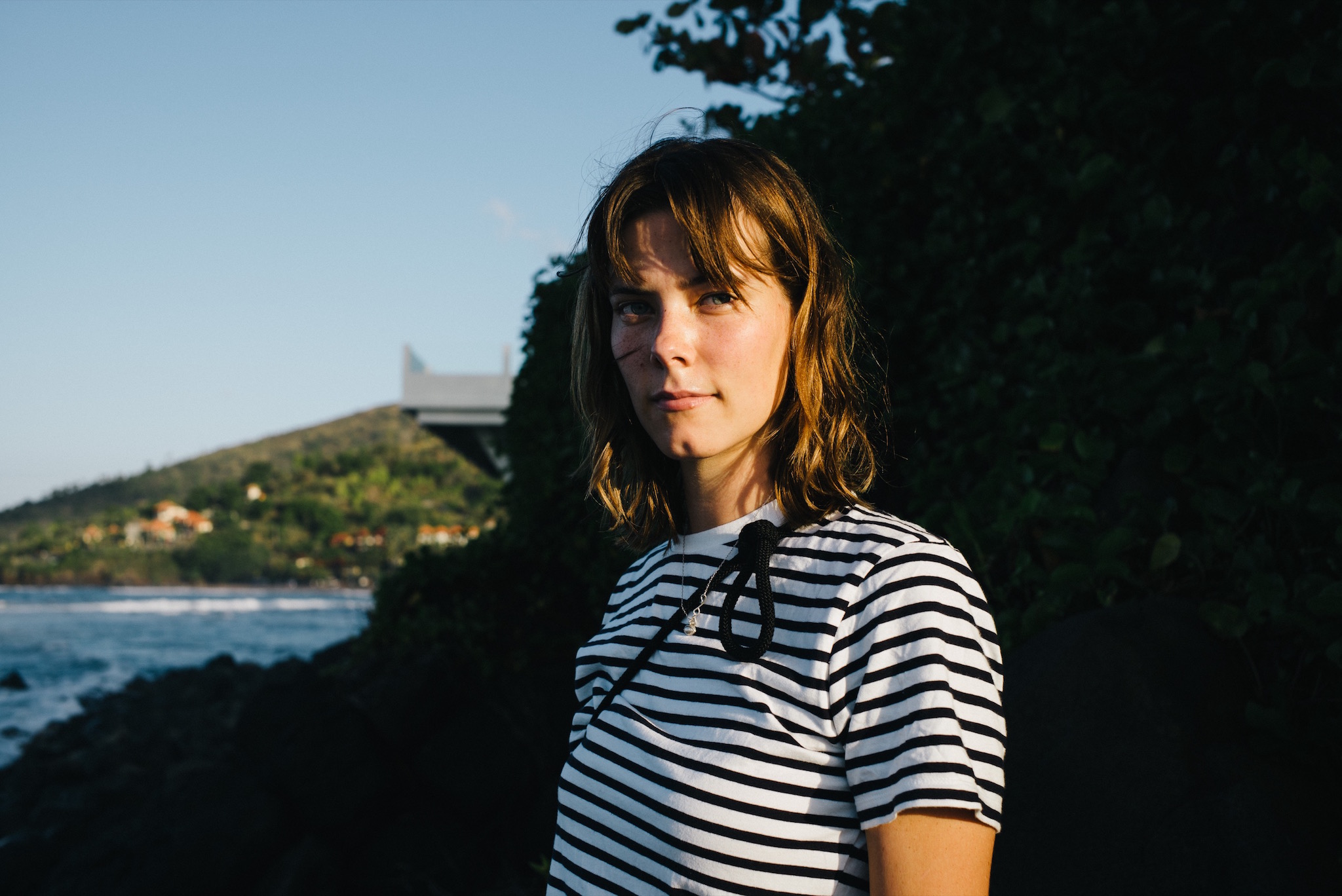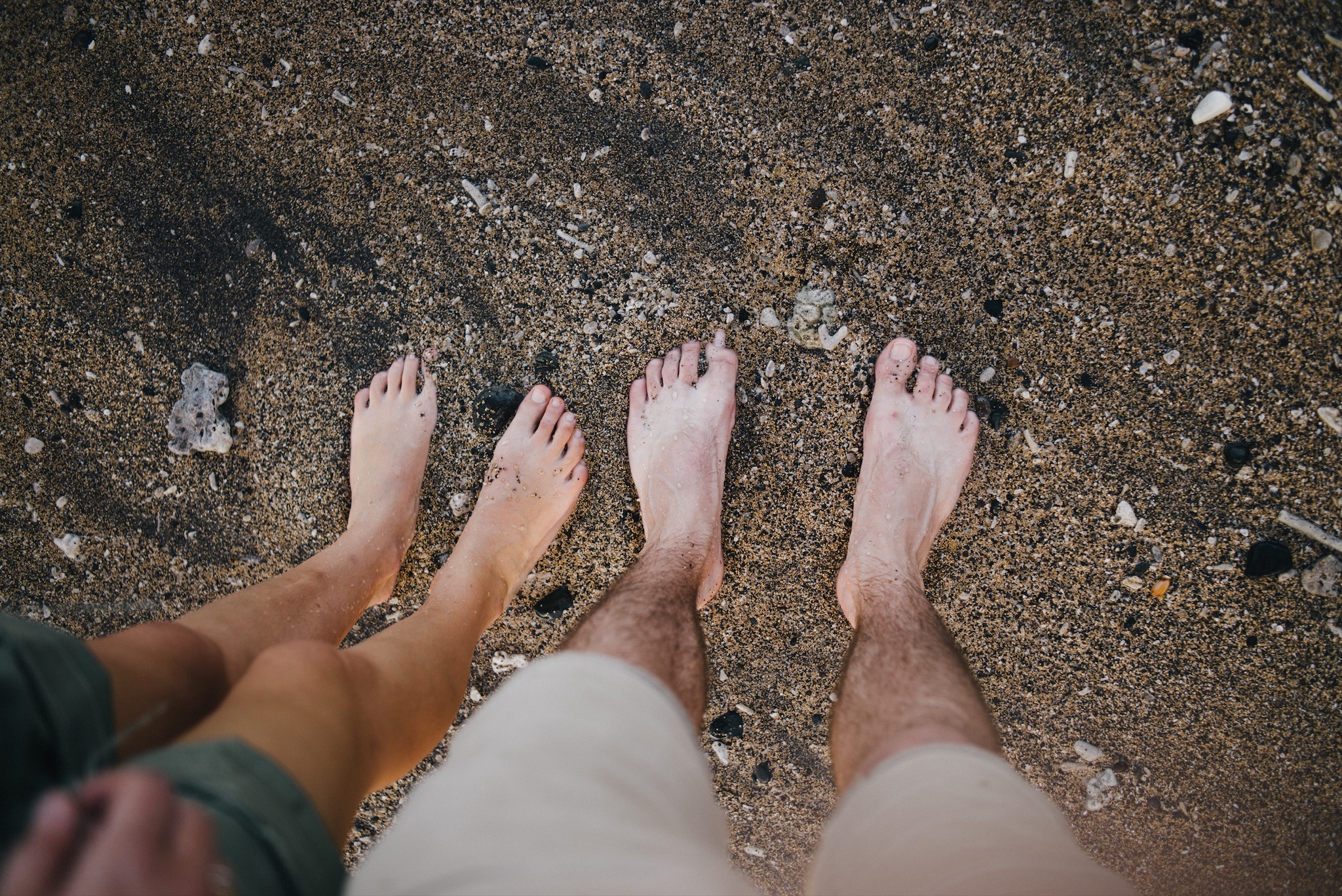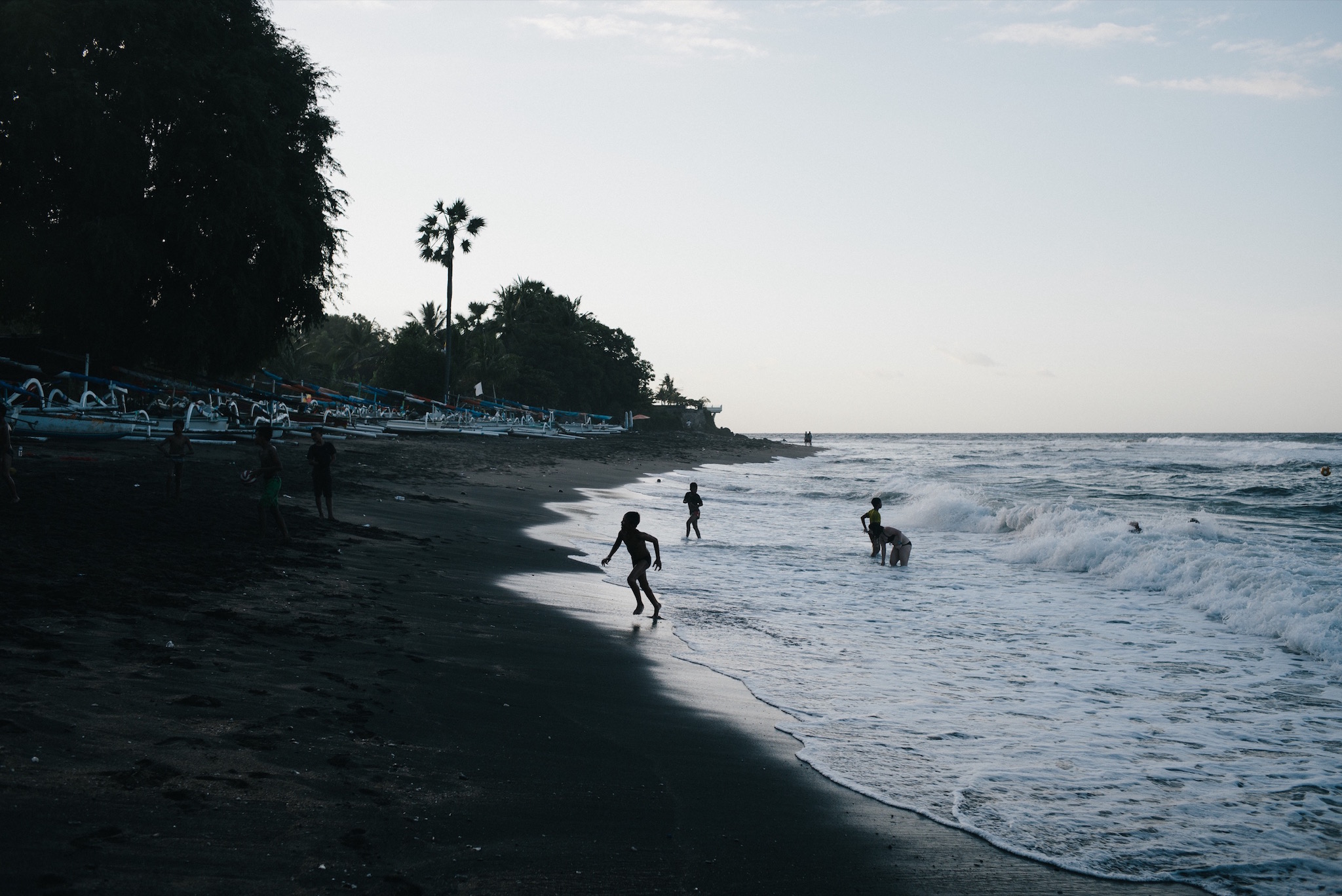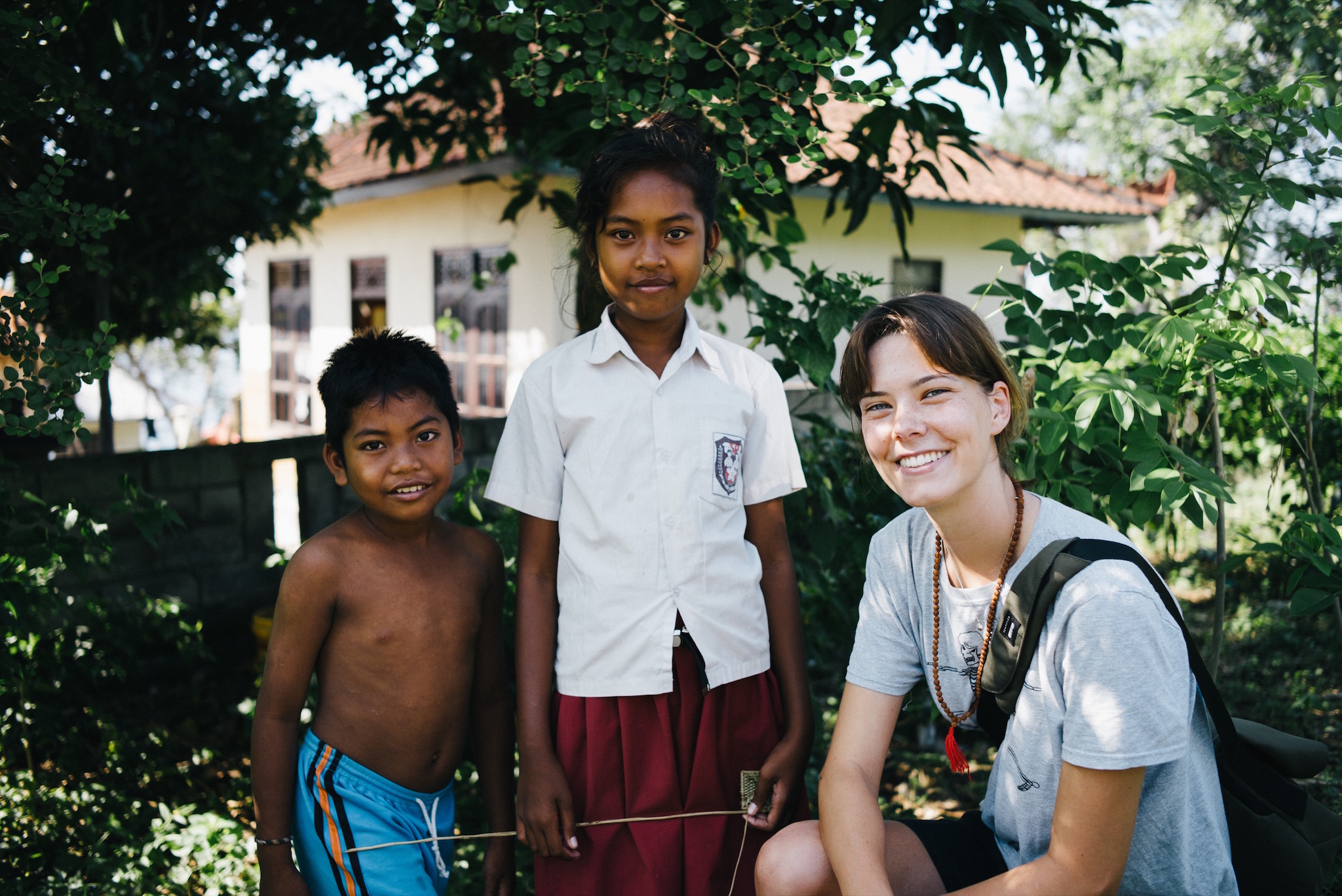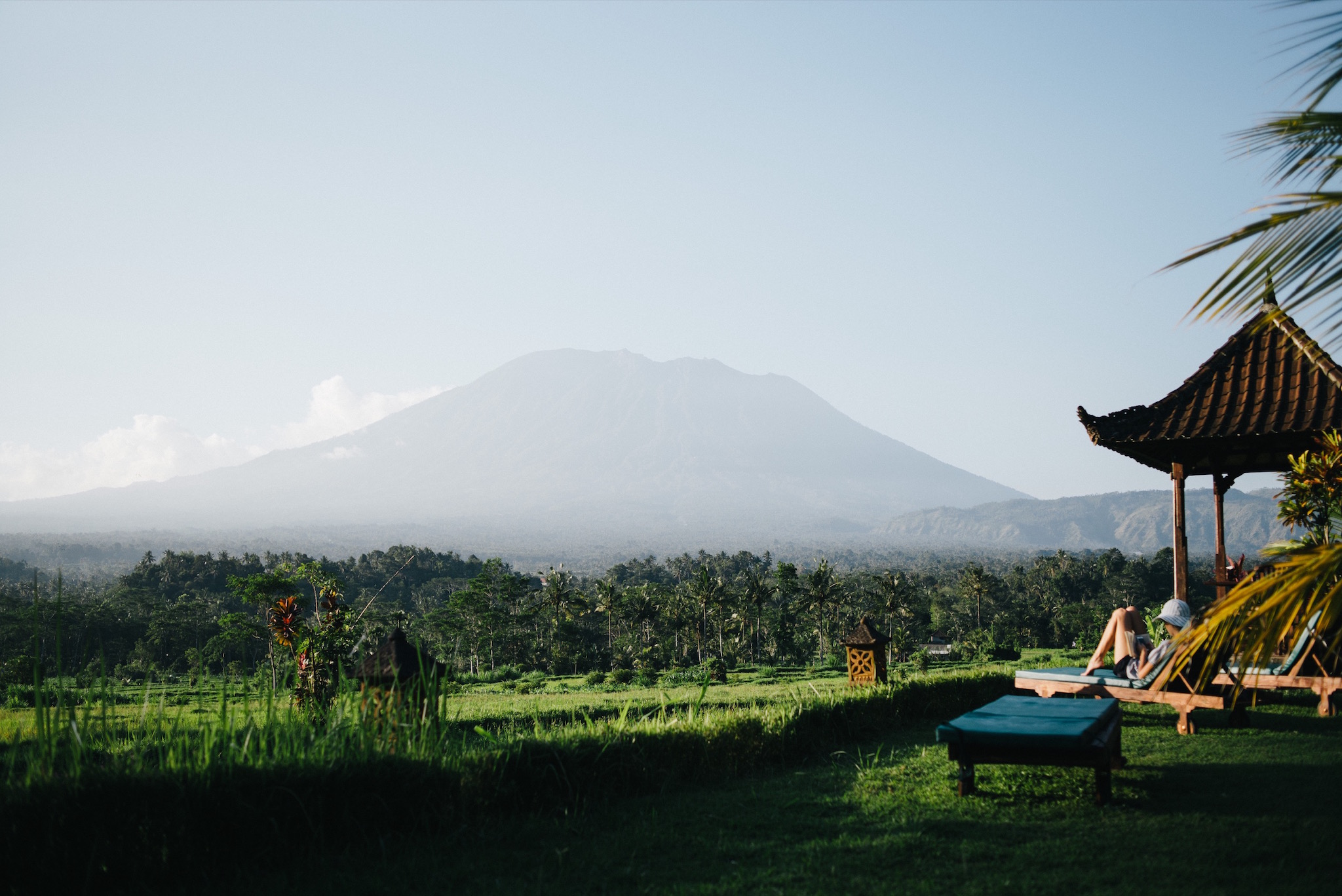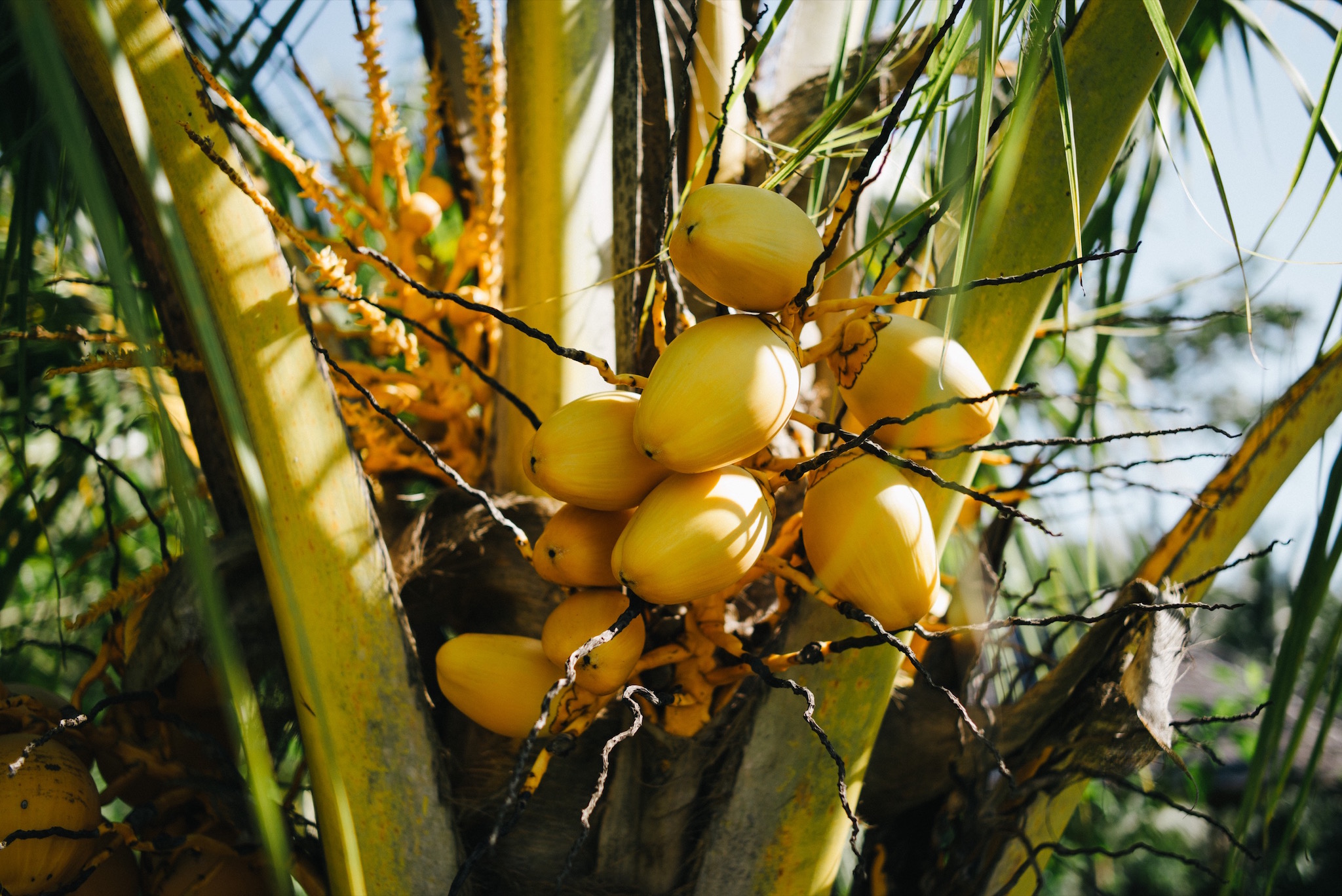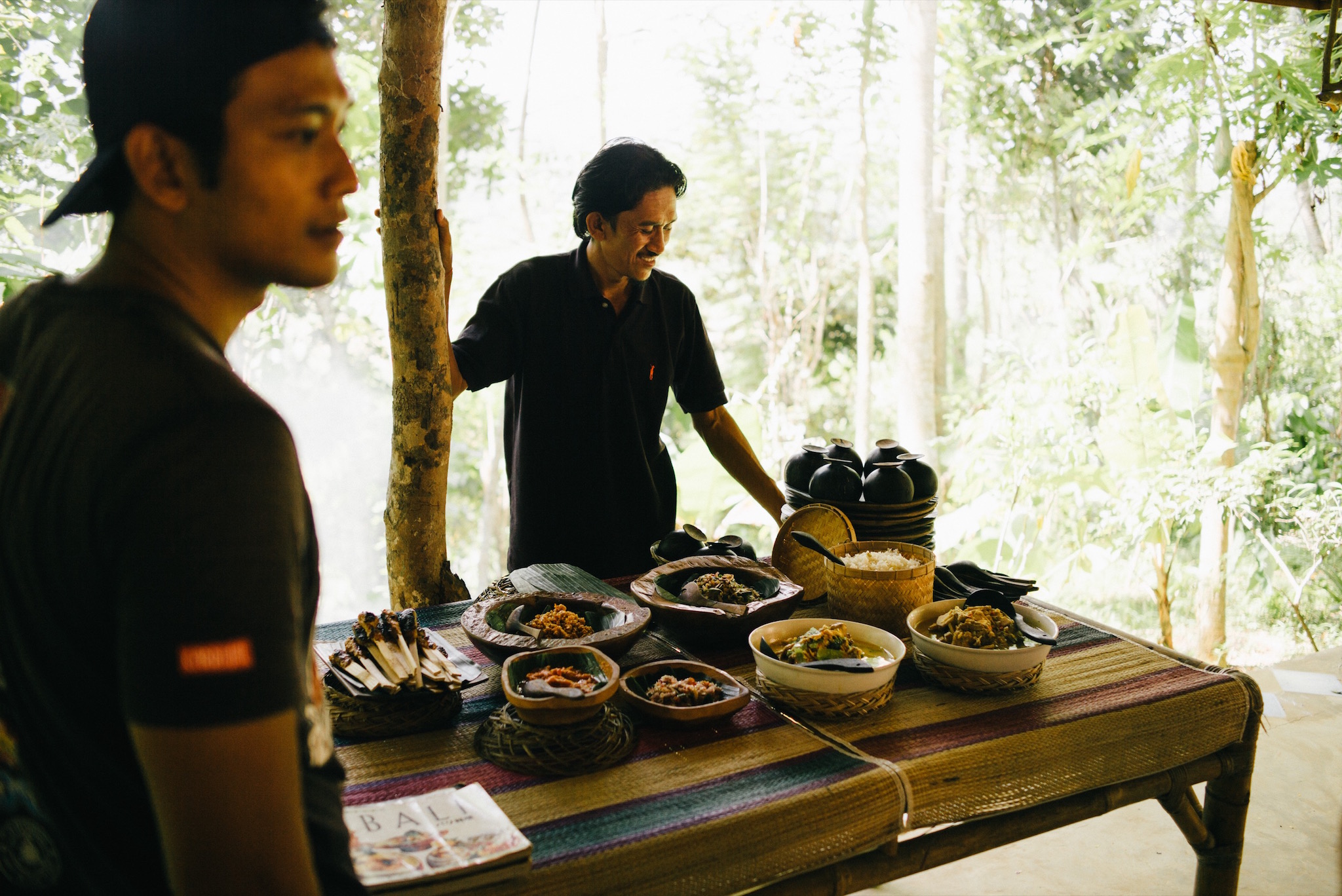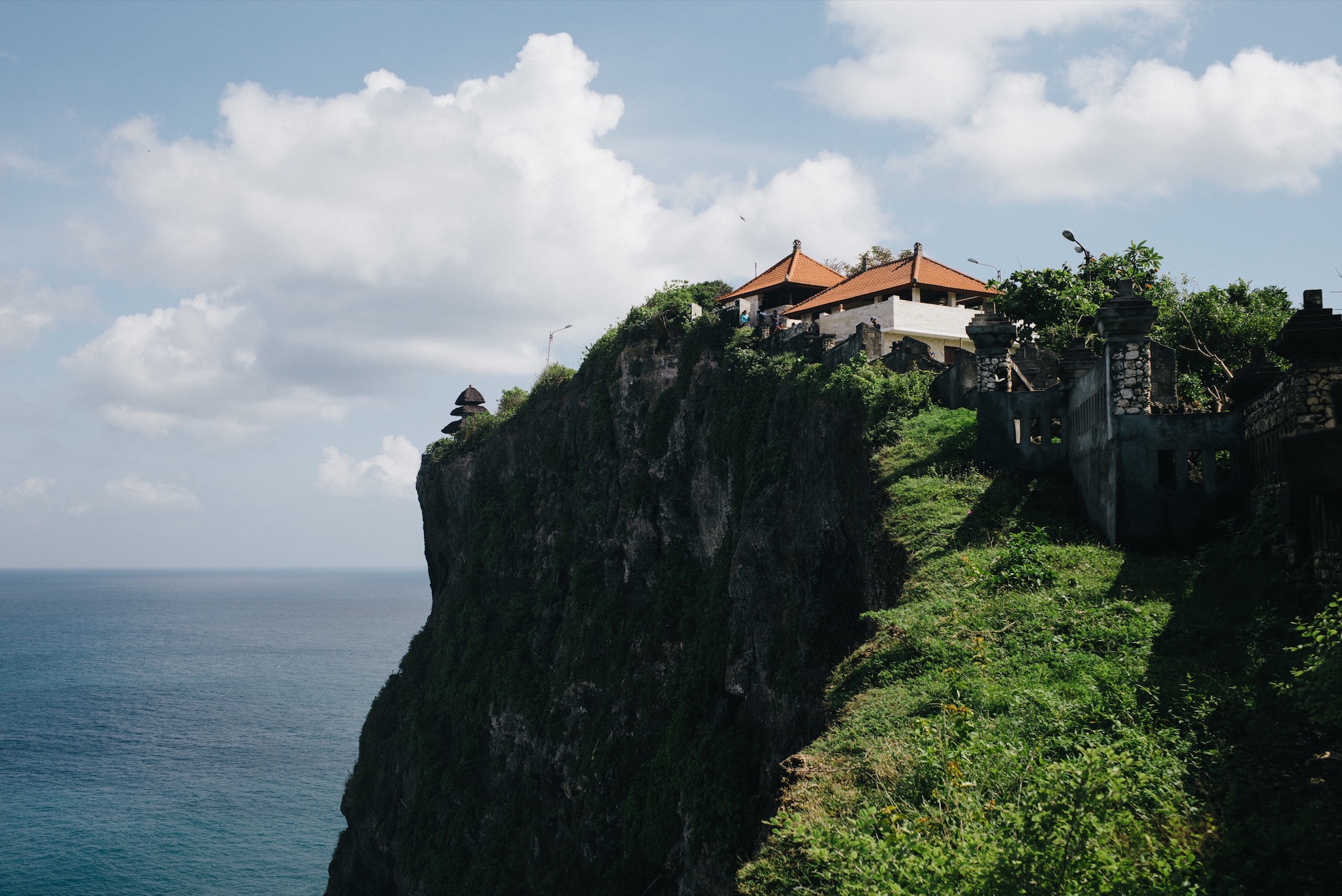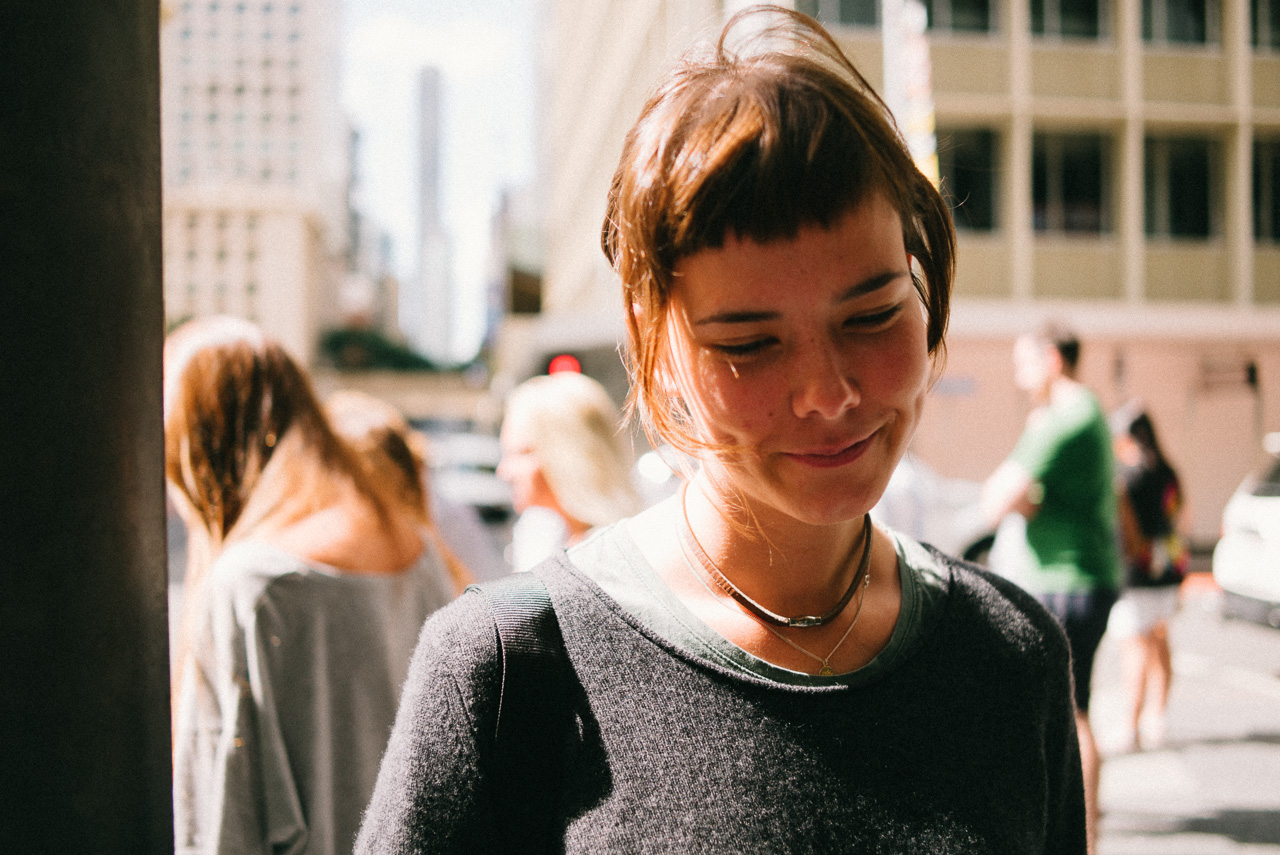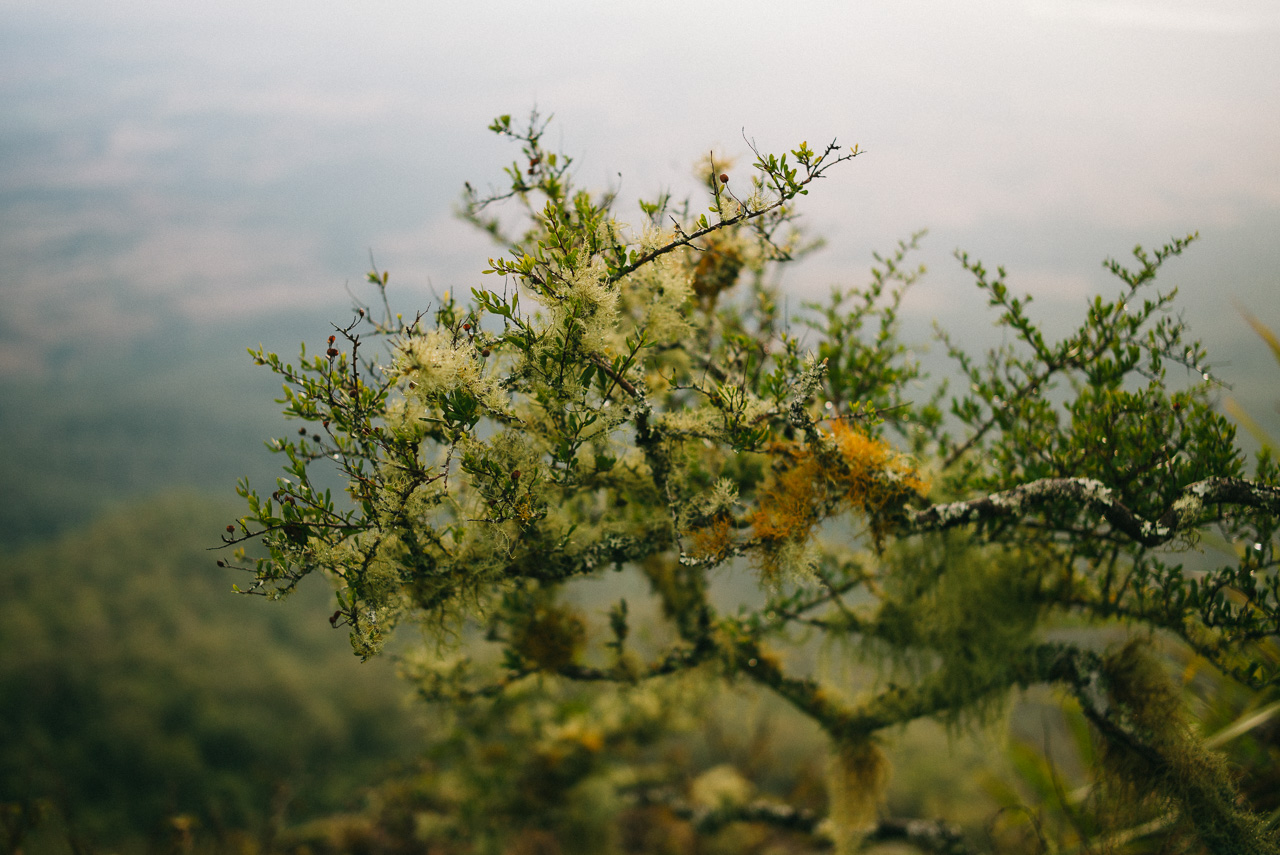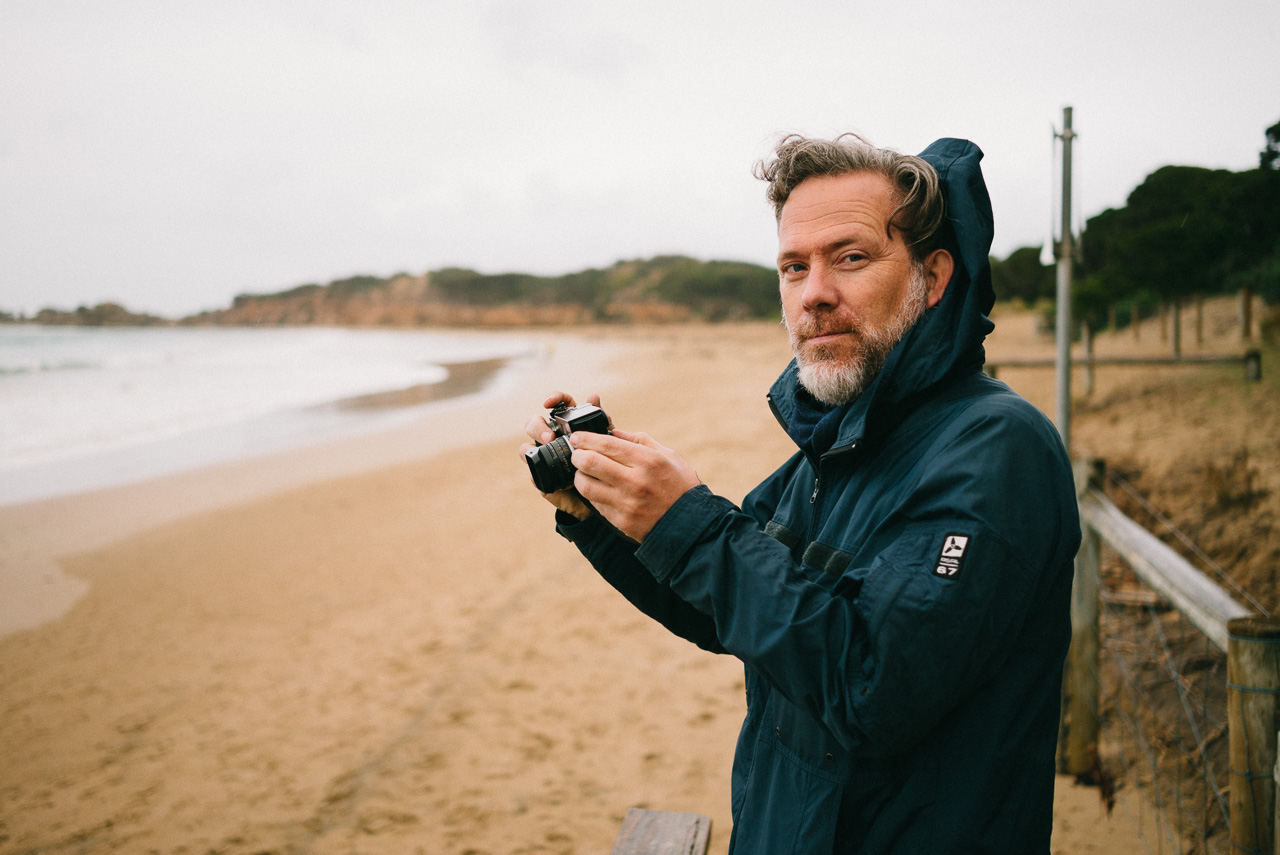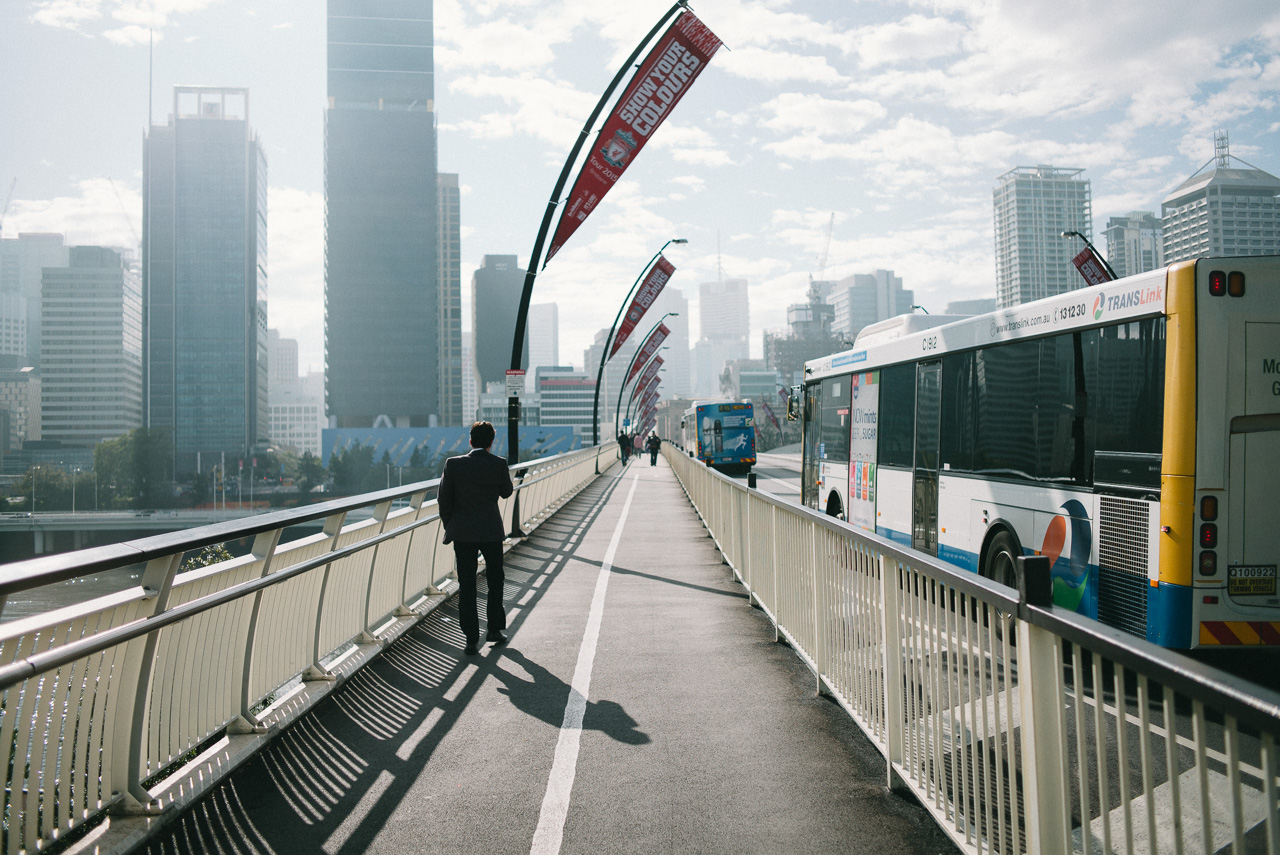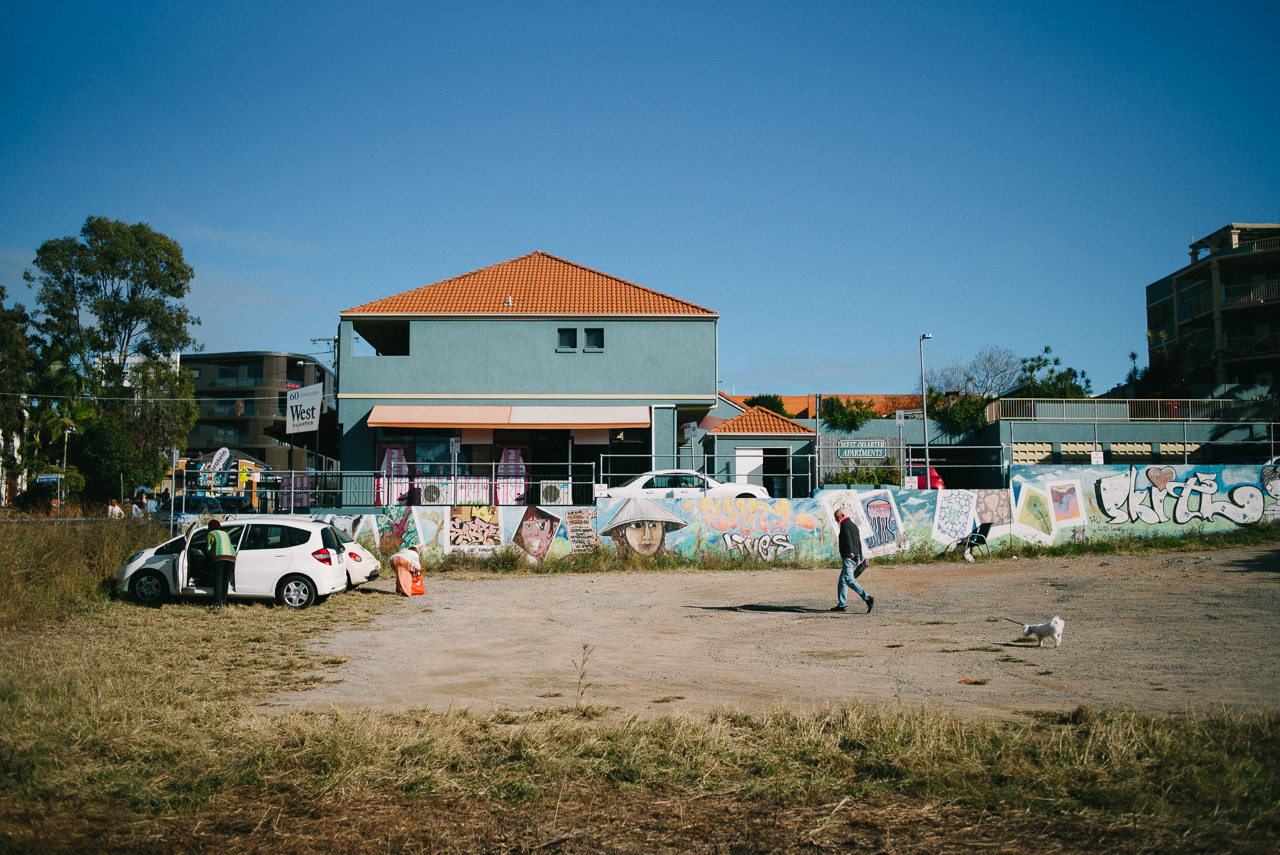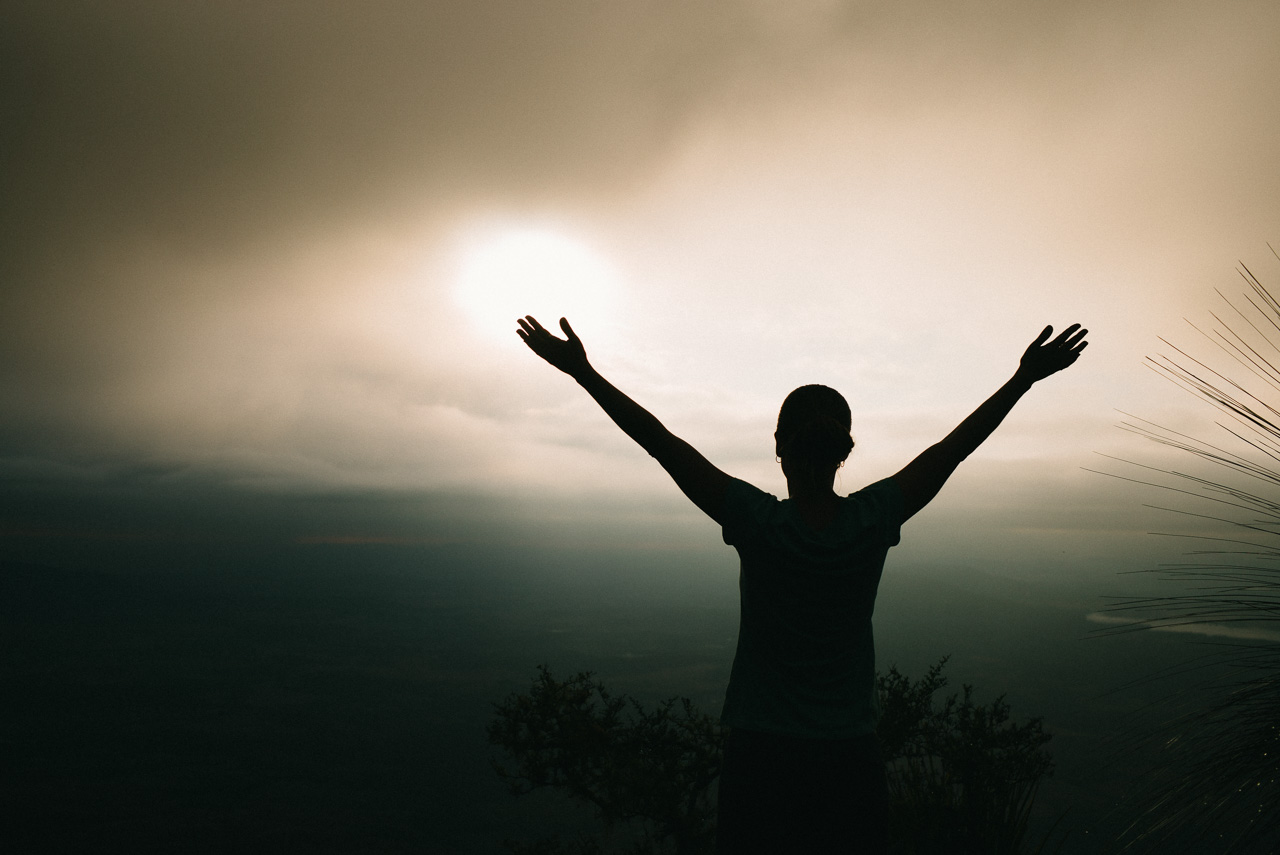For the last two years I have almost exclusively been shooting in landscape orientation with a 35mm equivalent lens and a single, lightweight and compact camera, and this has given me an enormous appreciation for consistency in the photographs I make. My photographs finally feel like they are truly "mine".
Before 2013, it's like I had no vision whatsoever. It was a free-for-all of focal lengths, orientations and post processing styles. Other than my portrait work, the DSLR and zoom lens was the ultimate consistency killer in my pictures.
Fast forward to now and no matter what I take, if it's a good photograph it feels like it fits perfectly alongside entirely different photographs because the perspective is the same and my style of framing is consistent.
VSCO Film
Discovering VSCO also had a profound impact on the way my photographs feel. Before this, I would change all kinds of settings in Lightroom and as a result each photograph felt different, not a part of a whole body of work.
For a while I was using Kodak Portra 400 colour and Ilford HP5+ B&W emulations but have since swapped to Fuji 800Z and Kodak Tri-X. As a result of using VSCO, my colour and tonal range is consistent.
The added benefit is that I know what I'm going to get when I'm out in the world ready to make a photograph. It's like using film because the film decides the colours and black and white tone for the most part. You have to make sure the subject matter works, and you let the processing set the mood, and you only tweak one or two things like exposure.
Conclusion
There's nothing more disorienting than looking through a body of work and finding that it doesn't actually feel like a body of work. While it may not become your whole way of shooting, I strongly encourage anyone struggling to find their way to reduce all gear options to a single focal length and camera and shoot that way for a good many months.
You may hate it or it, if you're like me, it may transform your photographic journey entirely.
